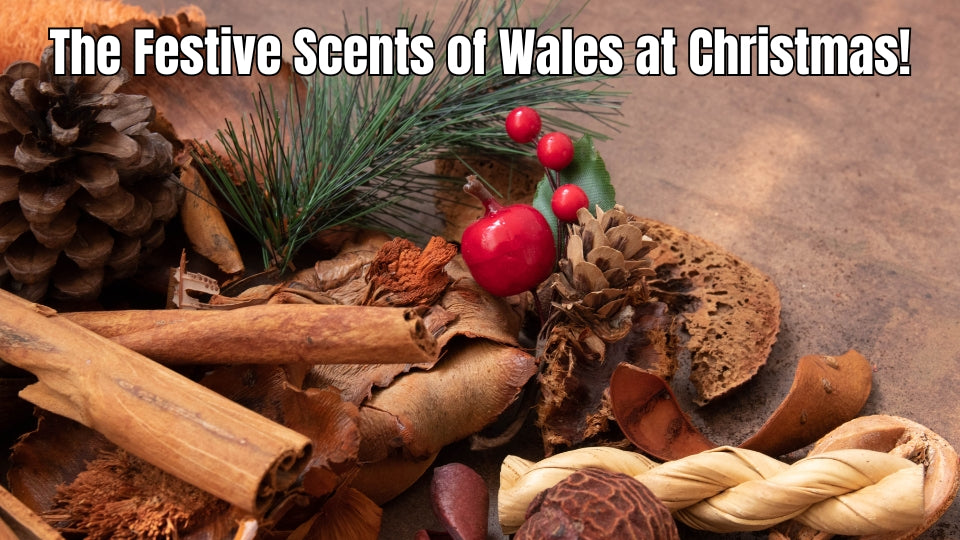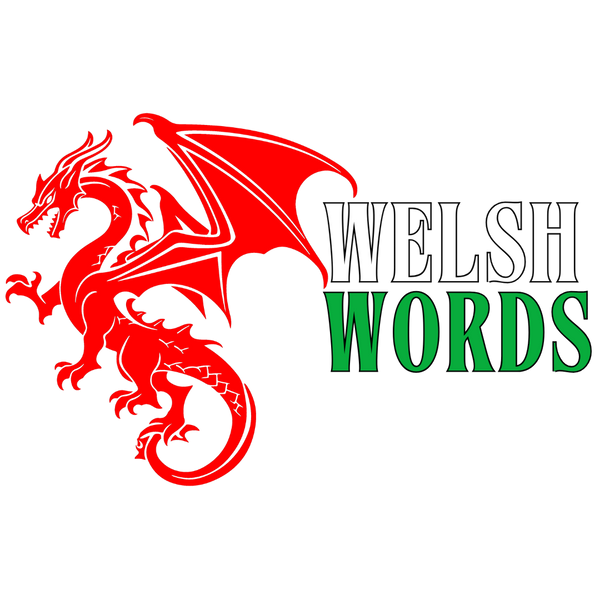
The Festive Scents of Wales at Christmas!
Smell has a unique way of unlocking memories, instantly transporting us to moments long past. For me, Christmas brings to mind the comforting aroma of spiced apple, oranges, cloves, fir trees and Christmas cake. In medieval Wales, however, the festive season offered a rich tapestry of scents - many of which carried deep religious significance.
The festive season of Christmas in medieval Wales was a time of devotion, merriment, and community, blending Christian customs with older traditions to create a uniquely Welsh celebration. From the sacred scents of the church to the tantalizing aromas of the feast, Christmas was a sensory delight that brought people together in reverence and joy.
Religious Devotion and Fragrant Ceremonies
Christmas in medieval Wales began with solemnity and worship. Local churches were at the centre of the festivities, strewn with holly, ivy and mistletoe. These decorations were not only symbolic but also brought the natural scents of the Welsh winter indoors, filling the air with earthy aromas.

During services, incense like frankincense and myrrh was burned. Imported from the Middle East, these precious resins carried a deep religious significance, symbolizing prayer and the divine. Their sweet, smoky scent would linger in the cold stone churches, creating an atmosphere of sacred reverence.

A Feast for the Senses: Medieval Welsh Christmas Tables
It was the feast that formed the centrepiece of medieval Welsh Christmases. Lords would regularly open their homes to tenants and locals, serving plentiful meals. It would be full of roasting meats, fresh-baked bread, and the earthy aroma of rosemary, thyme and sage.

Local Delicacies
Welsh Christmas feasts showcased the bounty of the land:
- Meats: Lamb, pork, venison, and game birds like pheasants were staples.
- Dairy: Locally made butter and cheeses added richness to the meal.
- Grains: Barley and oats were used for hearty breads and pottage.
- Fruits and Nuts: Apples, pears, hazelnuts, and chestnuts brought a sweet contrast to the savory dishes.

The Exotic Touch of Imported Ingredients
While local produce dominated most medieval Welsh tables, Christmas was an occasion to indulge in rare and expensive imports, reserved for wealthier households. These included:
- Spices: Cinnamon, nutmeg, and cloves added warmth and complexity to dishes and drinks. These spices traveled great distances from Asia via European trade routes, arriving in Wales as treasured commodities.
- Dried Fruits: Raisins, figs, and dates were used in sweet puddings and pies, often paired with local honey.
- Sugar: Still a rarity, sugar was reserved for festive occasions, used to sweeten pastries and desserts.
One popular Christmas treat was piment or hypocras, a spiced wine made by blending imported spices with local honey. Its fragrant aroma and warming taste epitomized the luxury of the season.

Lighting the Festive Spirit
Candles were an essential part of medieval Christmas in Wales. Candles made from beeswax, which were burned in the home and the church, lit, and they carried an almost-sweet scent with them. These candles were a sign of the light of Christ to be held in the cold, long winter nights.

The Role of Scents in Medieval Christmas
Scents played a powerful role in medieval Christmas celebrations, creating an atmosphere that was both spiritual and festive. Herbs like rosemary and juniper were strewn on floors or burned, releasing their refreshing aromas. The mingling smells of spiced dishes, wood smoke, and greenery transformed humble Welsh homes into places of warmth and celebration.
In wealthier households, the addition of exotic spices and incense elevated the sensory experience, blending the familiar with the extraordinary. These scents not only delighted the senses but also reflected the interconnectedness of medieval Wales with global trade networks.

A Celebration Rooted in Tradition and Community
Medieval Wales had Christmas not just for holidays, but also for the gathering, contemplation and celebration of the bounty of life. From the incense of the church to the scent of the food, every detail spoke of the love for the land and people.
Medieval Welsh celebrated with gratitude and pleasure, whether eating locally produced foods or enjoying imported spices. This concoction of smells, flavours and rituals allows us to look back in time and remember the enduring power of community and celebration.
Medieval Welsh Christmas Quiz 🎄
1. What role did incense play in medieval Welsh Christmas celebrations?- a. It was used to freshen homes
- b. It symbolized prayer and reverence in churches
- c. It was burned during feasts
- d. It was used to keep away pests
- a. Raisins and cinnamon
- b. Lamb, cheese, and hazelnuts
- c. Sugar and figs
- d. Nutmeg and cloves
- a. Mead
- b. Ale
- c. Hypocras
- d. Cider
- a. With burning candles and incense
- b. With spices from Asia
- c. With greenery like holly, ivy, and mistletoe
- d. With dried fruits and herbs
- a. Rosemary and thyme
- b. Barley and oats
- c. Frankincense, cinnamon, and dates
- d. Apples and pears

